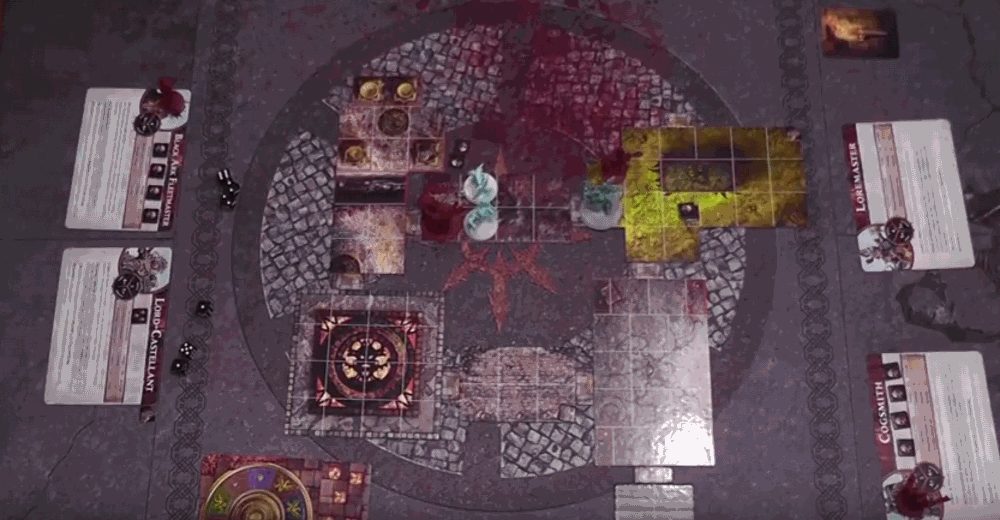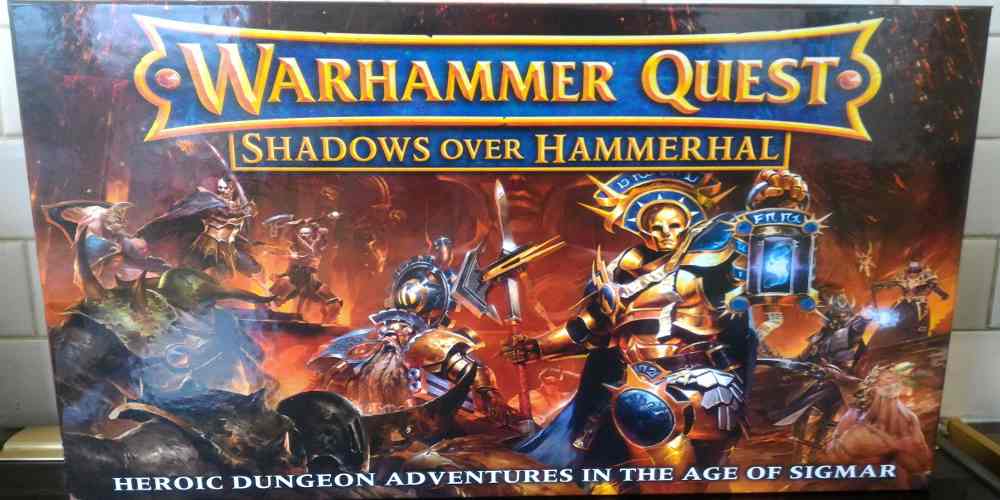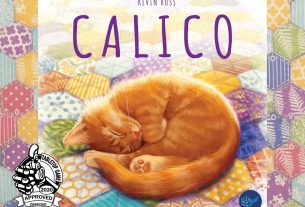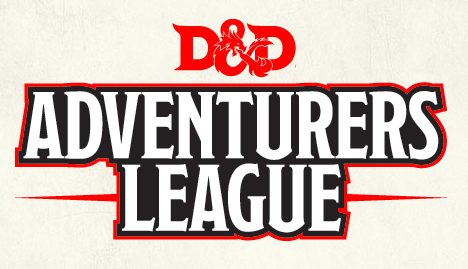Last year, I reviewed Warhammer Quest: Silver Tower, which I found elegant but aimless. A follow-up, Warhammer Quest: Shadows Over Hammerhal, has now been published, and I was keen to know how it would compare. Had Games Workshop improved the arbitrary nature of the first game?
The answer is a resounding, “Yes!” The addition of a Games Master has massively increased the appeal of the game. It is now a reactive experience with a much stronger narrative drive.
I won’t go into the full details of the box contents here, as I have already done so in my preview piece. Here it is, complete with video unboxing. You do get everything you need to play the game in the box, including 4 hero models and 27 monsters for them to kill. This is a standalone game and no other GW products are needed to play. No familiarity with Silver Tower is required.
Overview:
Beneath the city of Hammerhal, in the district of Cinderfall, lies a series of dungeons. Chambers with hidden treasures and foul creatures. Under the guidance of a Games Master, characters explore the dungeons, kill the bad guys, and take their stuff, just like countless other games since the invention of D&D. The game provides a Citadel Miniatures hit without the setup times involved for a full game of Age of Sigmar. Shadows Over Hammerhal allows up to five friends (1 GM and 4 PCs) to sit around the table and have some Chaos-slaying fun.
How to Play:
The video above demonstrates the ins and outs of the game, but below is an overview of a Hammerhal turn.
One curious thing about the game is that it always uses four characters no matter how many players there are. If there are two players and 1 GM, then players use two characters each, designating one of them their primary character. This is to ensure that the prewritten dungeons remain balanced. It does have the effect of slowing gameplay down. Experienced GMs should have little problem adjusting for two PCs, should you wish.
The core mechanics of the game don’t differ that much from Silver Tower. Players take turns to activate their characters. When they do so they create a pool of “action dice” by rolling 4D6. The numbers rolled on each die can then be used to activate a character’s abilities.
There are a group of actions that can always be activated on 1+, so there should always be something for a player to do. 1+ actions are:
- Move – Up to a number of squares equal to the character’s move score.
- Search – Look for treasure. Players can only search if there are no monsters in a room. Searching is successful the first time a character does it on 6+, the second time on 5+, the third time 4+, and so on. These attempts have to be within the same turn to accumulate.
- Open a door. This reveals the next chamber in the dungeon and any monsters within. Choose your time to explore, wisely.
- Heal. 1+ will heal the first wound, 2+ the next, and so on.
Characters special abilities tend to activate on a 3+. Most of them are special types of attack. The higher the score required, the better the ability (though that might be open to some debate!).
Notes on action dice:
- If a character is wounded, a counter is placed over one of their action dice pool slots, meaning they have fewer dice to use on their turn. This includes dice for healing. Things can deteriorate quickly once characters start to take damage as actions and options become limited.
- Extra dice can be pulled out of the “fate pool,” one of my favorite WQ mechanics. At the beginning of a round, 5 dice are rolled. Any duplicates are discarded. The remainder are free for any player to use during that round (there is a mechanism for stopping the first player from hogging all the best dice in the pool). This adds an extra spice to the game. Sometimes you’ll be desperate for the extra action but the gods will not be smiling on you. Other times, when all hope is lost, you can suddenly find yourselves with 5 extra actions. From the GM’s perspective, you get to smirk when the players roll 2 sixes, which eliminates them both from the pool.
Using the above rules, the players explore the dungeon and the GM reveals any traps or monsters they discover. The details of these are given in the for-GM’s-eyes-only adventure book. This includes map layouts and text to read to the players, positions of monsters, trap triggers, and the amount of gold to be found.

As characters kill off creatures they gain renown. This they mark on the renown wheel. If characters get once around the wheel, they can gain a new skill card. Keeping track of the wheel can get a little confusing. The counters are color-coded, but the characters’ cards aren’t, so particularly if you are playing a game where players are using multiple characters, it can be hard to keep track of which renown counter belongs to whom.
Once all the players have had their turns, the GM gets to respond with any monsters that have been revealed. Unlike in the first game where creature actions were random, the GM can use choose where he wants his minions to move and what attacks he’d like them to use. In Shadows Over Hammerhal (and Silver Tower), the miniatures employed have a direct correlation to the weapons and equipment a monster can use in the game. If the mini has a glaive, its attack will be different from the same type of creature who wields two swords.
That, in a nutshell, is the core game. Packaged around that are the campaign elements. The dungeons explored are not standalone. There are staircases between them. Sometimes players will discover a staircase with some chambers on their current level still unexplored. They face a choice: continue exploring the level they are on or delve deeper. The position of levels is not entirely linear. Not all staircases will take the players as deep as they want to go and they may have to backtrack.
In game terms, unexplored chambers still exist (as do explored ones). This is in direct contrast to Silver Tower where chambers disappeared permanently once they had been moved away from. Players can return to incomplete levels if they wish. GM’s must note which chambers are unexplored, and which chambers have been visited and whether they have been plundered for loot. Revisiting already explored chambers is not without risk as the characters may stumble upon wandering monsters. As these encounters are straight combat, they can become repetitive but it’s easy to ignore the rule if you wish.
The other thing Shadows Over Hammerhal has that Silver Tower doesn’t is some out-of-dungeon action. Some staircases lead back up to Cinderfall. Players can return to the surface, rest, and take stock of their current situation.
Characters don’t explore the district of Cinderfall in the same way as they explore the catacombs beneath. Instead, they may carry out one action in between their subterranean explorations. This may be earning some money as pit fighters, trying to double their loot at the gambling den, or a random event determined by D66 (two 6-sided dice representing digits, for potential values from 11 to 66).
These encounters build up a sense of narrative and an existence of character beyond opening doors and hitting things over the head. It’s proto-roleplaying. The outcome of some events differs depending on what the players have done in the dungeons. For example, if they rescued a pirate captain from a clutch of Blightkings, when the players visit the docks, they’ll find the sailors more helpful (I made that example up to avoid spoilers).
The Verdict.
I’ve enjoyed our games of Shadows Over Hammerhal. The game is a more complete and satisfying experience than Silver Tower. You can’t play it solo, but I would never choose to play this type of game on my own anyway.
Once again the figures are of the finest quality and you do get your money’s worth in plastic. Some people may be disappointed there are no new sculpts, but if you don’t already own them, this is a good way to pick up lots of new minis. The other components are mostly excellent. The card dungeon tiles are good stock and vibrantly printed. The fate wheel, though, is peculiarly flimsy. The dice given are the little ones that come with every Games Workshop game and are not my favorite.
The addition of a Games Master has massively improved the game. Playing as GM is a very different experience from playing a character, and it might not suit everybody. If nobody wants to do this in your group, you will have a problem. The job of GM is not one you can easily swap, though it could be done if each dungeon was cleared out in a session. Luckily, most gaming groups have at least one person happy to take on the responsibility of trying to kill their friends.
What the games master brings is the ability keep the game flowing. If your players are jaded with combat you can tone it down. Fancy laying an extra trap? You can do that. If there is something ambiguous in the rules or the current situation, the GM can decide unilaterally. Once you’ve completed all eight adventures, the GM can build more. Combining the room cards and monsters from the Silver Tower set gives even more opportunities to surprise the characters. All the heroes and figures from the original game and expansions are compatible with Shadows Over Hammerhal.
A weakness of the game, for me, is that it’s combat-heavy, but this type of game is always going to be. Static boardgames will always be less narrative-driven than a more pure roleplaying experience. Much like the original Advanced Heroquest, players of Hammerhal stand on the threshold between two worlds. On one side you have the miniature rich battlefest that is Warhammer: Age of Sigmar and on the other is character-driven, pens-and-paper roleplaying.
I don’t suppose we’ll ever see a return of Warhammer Fantasy Roleplay but maybe there’s a glimmer of hope for further narrative games set in the Age of Sigmar world. One with flexible rules and a Games Master, backed by Games Workshop’s trademark figures. Here’s hoping.
In the meantime, this is a good game for a regular game night, with the campaign building over a series of sessions. Shadows Over Hammerhal marks a step in the right direction for the Warhammer Quest brand.
Disclaimer: I received a copy of Shadows Over Hammerhal for review.




